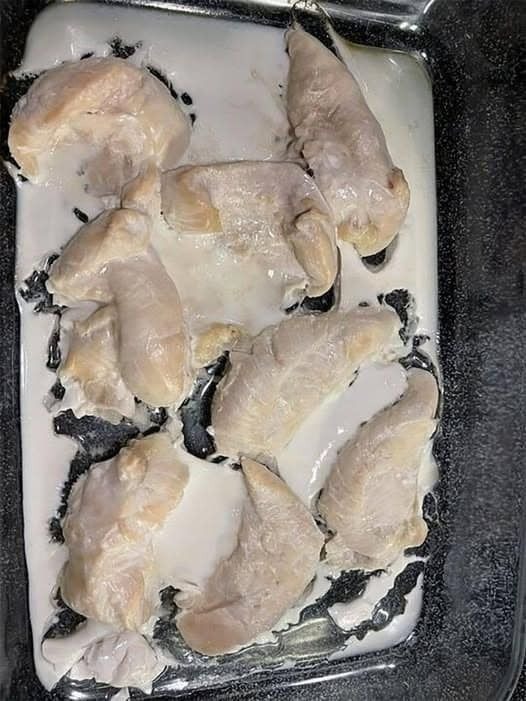Protein Denaturation : When chicken is exposed to heat (whether from grilling, baking, boiling, or frying), the proteins in the meat begin to unfold and lose their natural structure. This process is called denaturation.
Albumin, being highly sensitive to heat, begins to coagulate and solidify almost immediately, turning from clear to white.
Muscle Fiber Contraction : As the chicken cooks, the muscle fibers shrink and squeeze out moisture. This forces the dissolved proteins and water to the surface, where they accumulate and form the gooey substance.
Cooking Method Matters : The amount of white goo you see depends on how the chicken is cooked:
Boiling or Poaching : These methods often result in more goo because the liquid environment encourages the proteins to leach out.
Grilling or Roasting : Dry-heat methods tend to produce less visible goo because the moisture evaporates quickly, leaving behind a drier surface.
Is It Safe to Eat?
Yes, the white goo is completely safe to eat . It’s simply a natural byproduct of cooking chicken and doesn’t indicate spoilage or contamination. However, if the chicken smells off, has an unusual texture, or shows signs of discoloration before cooking, it’s best to err on the side of caution and discard it.
How the mysterious white goo on cooked chicken works: a Iook into the science behind it
